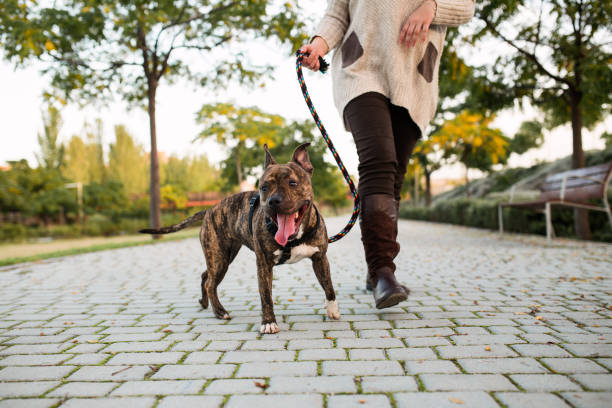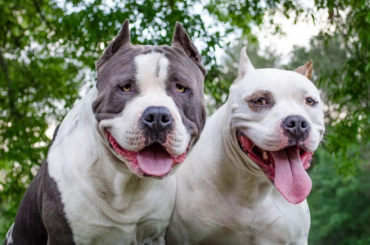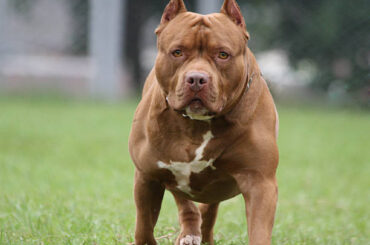Pitbulls are a high-energy breed known for their strength and agility. Providing them with adequate exercise is crucial to their physical and mental well-being. The specific exercise needs of a Pitbull can vary based on factors such as age, health, and individual temperament. However, as a general guideline, consider the following recommendations for exercising your Pitbull:
- Daily Exercise Requirements: Aim for at least 30 to 60 minutes of vigorous exercise every day. This can include activities such as brisk walks, jogging, running, playing fetch, or engaging in interactive games. Puppies and younger Pitbulls may need even more exercise to burn off excess energy.
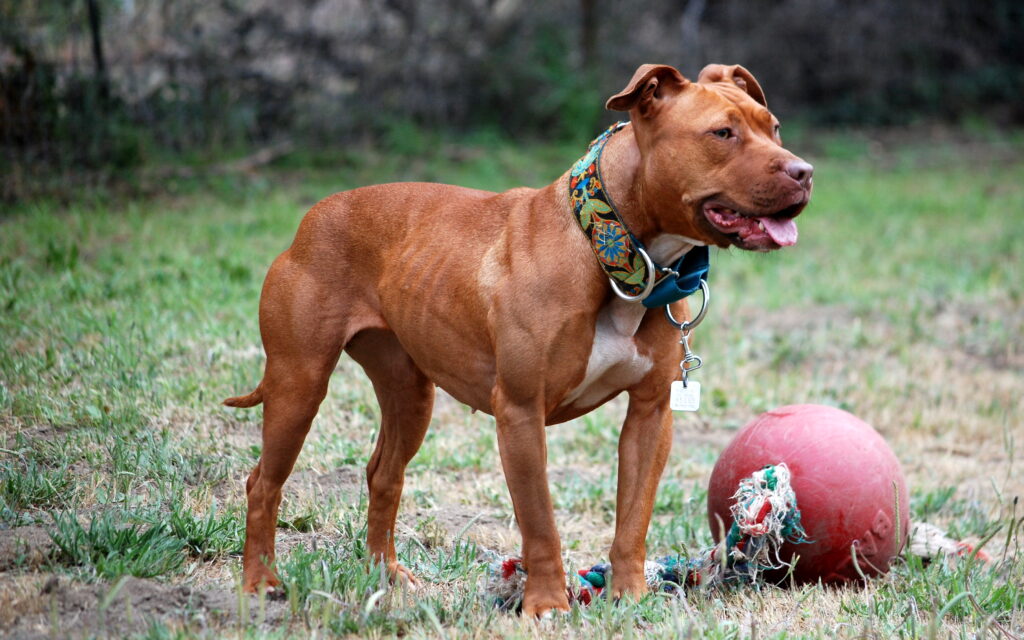
- Mental Stimulation: In addition to physical exercise, provide mental stimulation to keep your Pitbull’s mind active. Puzzle toys, obedience training sessions, and interactive play can help prevent boredom and destructive behavior.
- Variety of Activities: Keep your Pitbull’s routine diverse to prevent boredom. Rotate between different types of activities, such as hiking, agility training, or swimming, to keep them engaged and physically challenged.
- Off-Leash Playtime: If possible, allow your Pitbull to have off-leash playtime in a secure and fenced area. This allows them to run, explore, and socialize with other dogs in a safe environment. Always supervise off-leash activities to ensure safety.
- Strength Training: Incorporate strength training exercises into their routine. Activities like tug-of-war or using resistance toys can help build and maintain muscle mass. This is particularly important for Pitbulls, given their strong and muscular build.
- Consistency: Establish a consistent exercise routine. Dogs thrive on routine, and regular exercise helps maintain a healthy weight, reduces the risk of behavioral problems, and contributes to overall well-being.
- Adjust to Individual Needs: Consider your Pitbull’s age, health condition, and individual preferences when determining the appropriate level of exercise. Older dogs or those with health issues may require gentler activities, while younger, more active dogs may need more intense workouts.
- Interactive Play: Spend quality time engaging in interactive play with your Pitbull. This strengthens the bond between you and provides an outlet for their energy. Use toys like balls, frisbees, or ropes for games that involve both physical and mental activity.
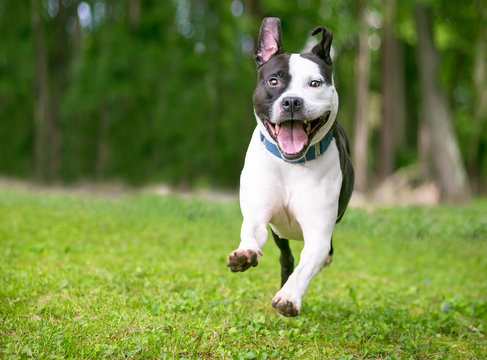
- Monitor Weight and Fitness: Keep an eye on your Pitbull’s weight and overall fitness. Adjust their exercise routine accordingly to maintain a healthy weight and condition. Obesity can lead to various health issues, so regular exercise is essential for weight management.
- Consider Breed Characteristics: Recognize the breed characteristics of Pitbulls. They are known for their agility and strength, so activities that tap into these traits, such as agility courses or tug-of-war, can be both enjoyable and beneficial.
Always pay attention to your individual dog’s cues and adjust their exercise routine as needed. If you have concerns about your Pitbull’s health or exercise requirements, consult with your veterinarian for personalized advice. Regular exercise not only keeps your Pitbull physically fit but also contributes to a happy and well-balanced companion.


